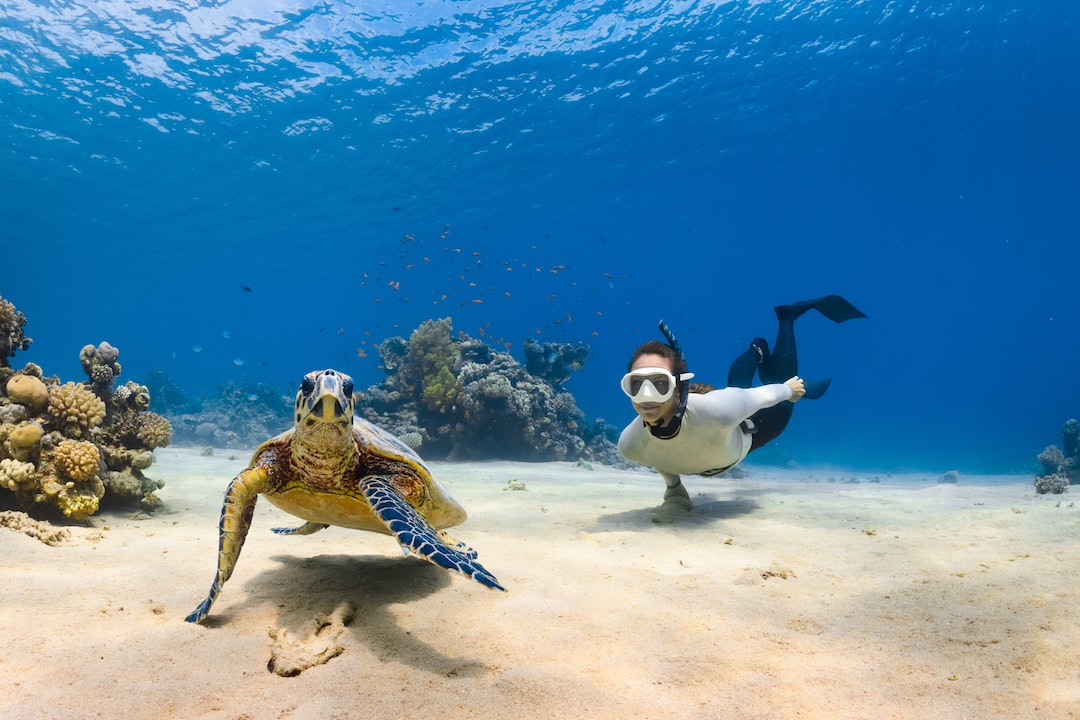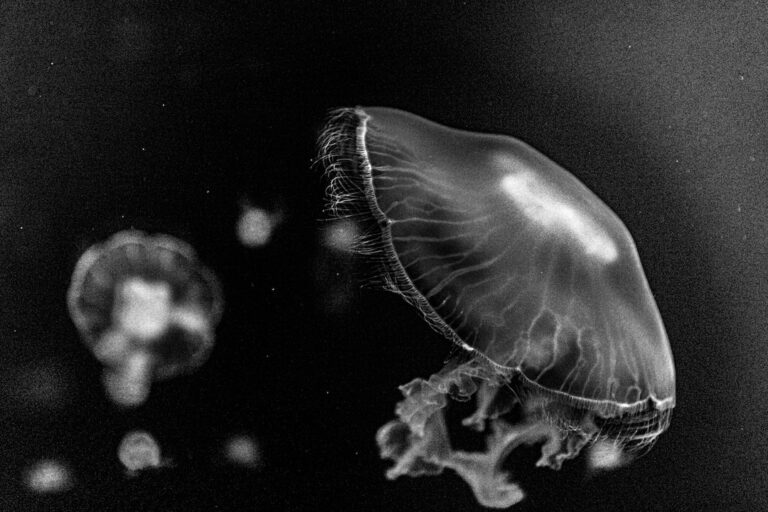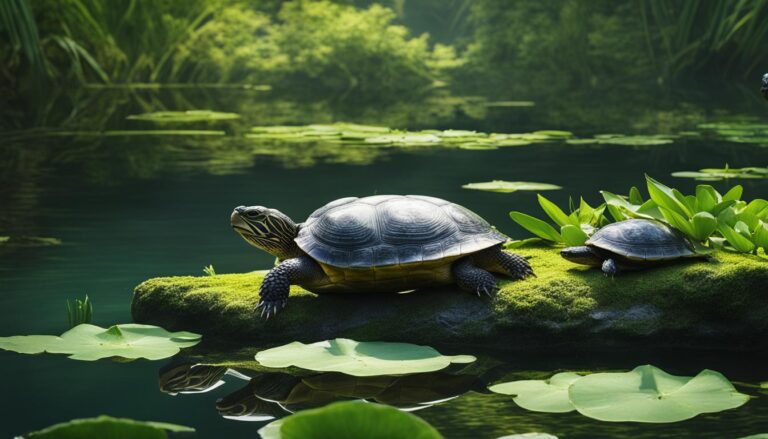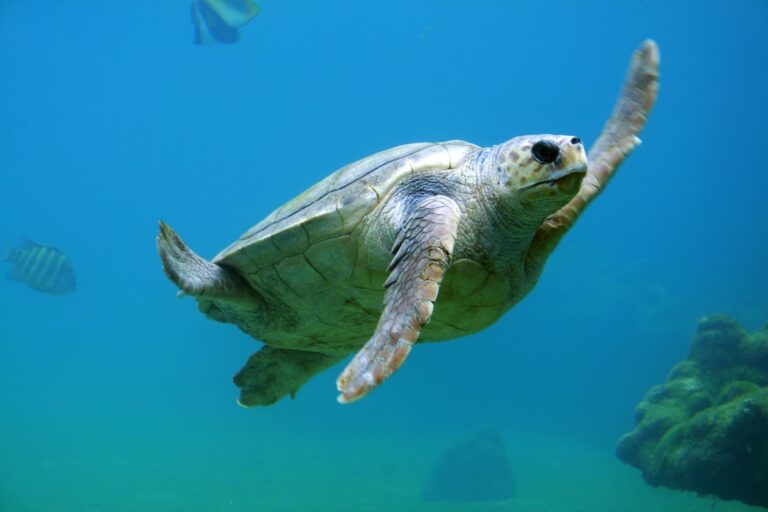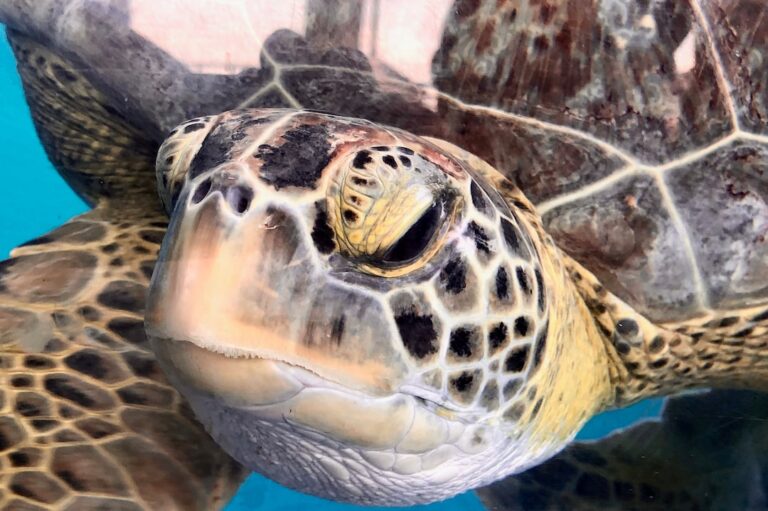Are Turtles Good Swimmers?
Understanding the swimming abilities of turtles is crucial for several reasons. Turtles are fascinating creatures that have been around for millions of years, and their ability to swim is a key aspect of their survival. By understanding how turtles swim, we can gain insights into their behavior, habitat preferences, and overall health. Additionally, studying turtle swimming abilities can provide valuable information for conservation efforts and help us protect these incredible animals.
Table of Contents
Anatomy of a Turtle – Understanding Their Swimming Abilities
Turtles have several physical characteristics that allow them to swim efficiently. Their streamlined bodies and webbed feet are specifically adapted for life in the water. The shape of their shells also plays a role in their swimming abilities. The shell is made up of two parts: the carapace (the upper part) and the plastron (the lower part). The shell provides protection for the turtle’s internal organs and acts as a buoyancy aid in the water.
How Turtles Swim – The Mechanics of Their Movements
Turtles use different types of swimming movements depending on their species and the environment they inhabit. The most common types of swimming movements are paddling, rowing, and flapping. Paddling involves moving the limbs in a synchronized motion to propel the turtle forward. Rowing is similar to paddling but involves a more circular motion of the limbs. Flapping is used by some species of turtles and involves using the front limbs to push against the water while the hind limbs are used for steering.
Speed of Turtles in Water – Can They Compete with Other Aquatic Animals?
Turtles are not known for their speed in water compared to other aquatic animals such as fish or dolphins. However, they can still move relatively quickly when necessary. The speed at which turtles swim varies depending on the species, with some species capable of reaching speeds of up to 20 miles per hour (32 kilometers per hour). Turtles use their speed primarily for hunting, escaping predators, and migrating to different habitats.
Buoyancy of Turtles – How They Stay Afloat in Water
Turtles are able to maintain buoyancy in water through a combination of their lungs and air pockets in their shell. When a turtle breathes, it fills its lungs with air, which helps it stay afloat. Additionally, turtles have air pockets in their shell that provide additional buoyancy. These air pockets can be adjusted by the turtle to control its buoyancy and allow it to dive or rise to the surface as needed.
Diving Abilities of Turtles – How Deep Can They Go?
Turtles have impressive diving abilities and can dive to different depths depending on the species. Some species of turtles can dive to depths of over 1,000 feet (300 meters). The ability to dive to such depths is facilitated by several adaptations. Turtles have the ability to store oxygen in their muscles, allowing them to stay underwater for extended periods of time. They also have specialized blood vessels that help conserve oxygen and remove waste products during dives.
Endurance of Turtles – How Long Can They Swim Without Resting?
Turtles have remarkable endurance in water and can swim for long distances without resting. The exact duration that turtles can swim without resting varies depending on the species and environmental conditions. Some species of turtles have been known to swim continuously for several days or even weeks. Factors that affect their swimming endurance include water temperature, availability of food, and the presence of predators.
Adaptability of Turtles – Can They Swim in Different Types of Water?
Turtles are highly adaptable creatures and can swim in a variety of water environments. They can be found in freshwater lakes, rivers, ponds, and even in the ocean. Different species of turtles have specific adaptations that allow them to thrive in different types of water. For example, freshwater turtles have specialized kidneys that allow them to excrete excess salt from their bodies, while sea turtles have flippers that are adapted for swimming in the open ocean.
Threats to Turtle Swimming Abilities – Pollution, Climate Change, and Other Factors
Turtle swimming abilities are threatened by various factors, including pollution, climate change, habitat loss, and human activities. Pollution, such as plastic debris and chemical contaminants, can harm turtles directly by entangling them or causing health issues. Climate change can also impact turtle populations by altering their habitats and affecting their food sources. Additionally, habitat loss due to urbanization and human development can restrict the available swimming areas for turtles.
Turtles as Swimmers – Their Role in Aquatic Ecosystems
Turtles play a vital role in aquatic ecosystems. They help maintain the balance of ecosystems by controlling populations of prey species and serving as prey for larger predators. Turtles also contribute to nutrient cycling by feeding on plants and animals and excreting waste that fertilizes the water. Their swimming abilities allow them to disperse seeds and help with the distribution of plant species in different habitats.
Swimming with Turtles – Tips for Observing Them in Their Natural Habitat
Observing turtles in their natural habitat can be a rewarding experience, but it is important to do so responsibly and with respect for the animals. Here are some tips for observing turtles:
1. Keep a safe distance: Do not approach turtles too closely or disturb their natural behavior.
2. Do not touch or handle turtles: Touching turtles can stress them out and potentially harm them.
3. Use binoculars or a camera with a zoom lens: This allows you to observe turtles from a distance without disturbing them.
4. Be patient: Turtles may spend long periods of time basking on rocks or logs before diving back into the water. Wait quietly and observe their behavior.
Understanding turtle swimming abilities is crucial for their conservation and for gaining insights into their behavior and habitat preferences. Turtles have adapted to life in the water through their physical characteristics, swimming movements, and diving abilities. They play a vital role in aquatic ecosystems and are threatened by various factors such as pollution and climate change. By respecting their space and observing them responsibly, we can appreciate the beauty and importance of turtles in our natural world.
If you’re interested in reptiles, you might also enjoy reading the article “Do Iguanas Kill Snakes?” on Reptile Friend. It explores the fascinating behavior of iguanas and their interactions with snakes. Click here to learn more about this intriguing topic.

